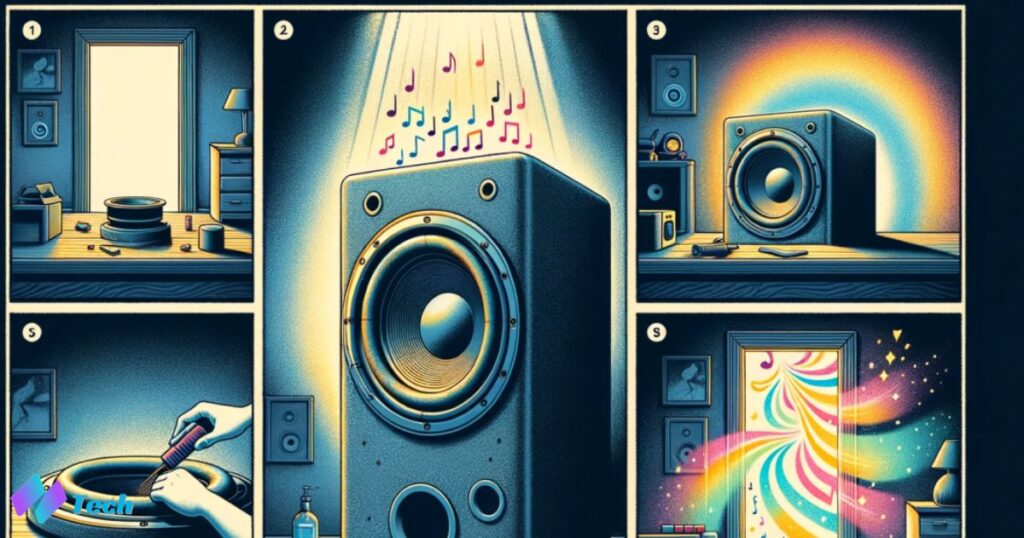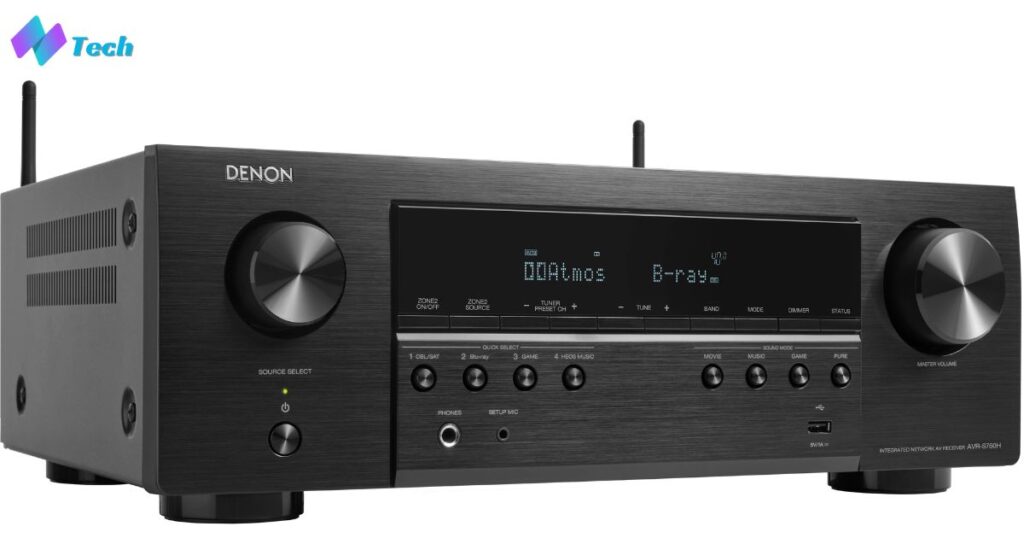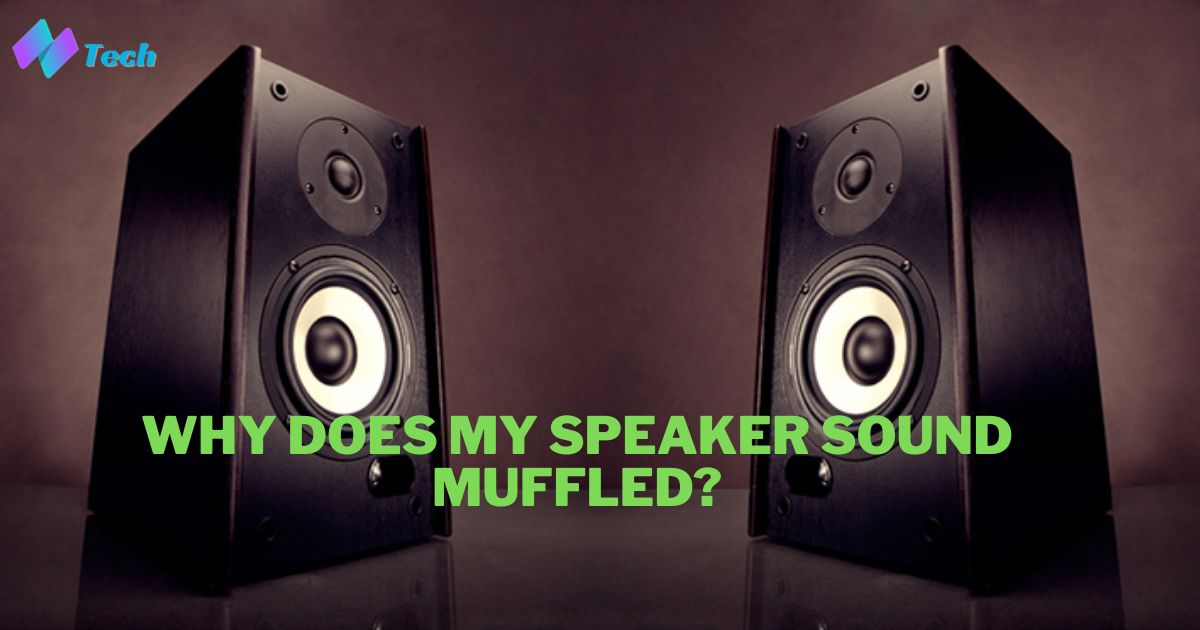speaker sound muffled dust or debris accumulated on the speaker’s diaphragm, hindering sound clarity. Additionally, damaged or worn-out speaker components can contribute to a muffled audio experience. Checking for obstructions and inspecting the speaker’s condition can help identify and resolve the issue, restoring clear and crisp sound.
It is like your favorite tunes are taking a mysterious detour through a sonic fog. Ever wondered why your speaker suddenly sounds muffled? Unravel the mystery behind the muted melodies and discover simple solutions to bring back the crystal-clear harmony to your audio experience.
If your speaker sound muffled, it might be due to dust or debris blocking the speaker grille. Cleaning the grille with a soft brush can often resolve this issue. Additionally, check for any loose or damaged connections between the audio source and the speaker to ensure a clear and crisp sound.
Wiring Mistakes That Cause Muffled Sound
Speakers that are wired incorrectly are one of the main causes of muffled sound, and can easily ruin the overall listening experience. When speaker wires are connected improperly, the audio signal becomes distorted, leading to a decrease in clarity and tonal precision.
This misalignment can occur due to various reasons such as reversed polarity, a mismatched impedance, or loose connections. When speakers with opposite polarities are connected, they tend to cancel each other out, producing a weak or hollow sound.
Here’s a step-by-step guide to checking and improving speaker wiring:
Step 1. Power off: Always shut down your system first, this is essential for your safety and to prevent damage to your speakers.
Step 2. Inspect the wires: The next step is to check for any signs of damage such as frayed wires, broken insulation, or corrosion on the terminals. Damaged wires can lead to muffled sound and also can hinder signal transmission.
Step 3. Check connections: Make sure the wires are connected securely to both the speakers and the amplifier. A loose connection can cause intermittent sound or muffling.
Step 4. Verify polarity: Check that the wires are connected to the correct terminals – positive to positive and negative to negative. Reversed polarity can result in poor sound quality.
Step 5. Test impedance: If possible, use a multimeter to check the impedance of your speakers. The impedance should match the output impedance of your amplifier for optimal sound quality. Here’s a step-by-step guide on how to do this:
- Set your multimeter to the lowest ohm setting (usually 200Ω).
- Place the mustimeter’s probes on the speaker terminals (red probe to positive, black probe to negative).
- Read the impedance on the mustimeter. If the impedance doesn’t match the output impedance of your amplifier, it can lead to a muffled sound.
Step 6. Replace if necessary: If you find any visible signs of damage, replace the cables or speakers as required.
Regularly replacing your wires, even if they appear undamaged, is essential to maintain optimal audio output since degraded wires can significantly impact audio performance.
Moreover, investing in wires with gold-plated connectors can further enhance the sound quality. As gold is corrosion-resistant, it provides a better signal path, ensuring a clearer and more robust audio output.
Amplifier Issues: Settings and Configuration Mistakes
As an audio expert with years of experience, I’ve discovered that improperly using an amplifier is one of the most common causes of muffled sound. Many users have committed the mistake of pairing the amplifier with the wrong speakers, leading to a sound that’s below-par in quality and performance.
When an amplifier is improperly matched or its settings do not suit the speaker specifications, the audio may appear distorted, unclear, or lack the desired depth. This issue is often caused by pushing the amplifier beyond its capabilities.
Here is a simple guide on how to properly match an amplifier with speakers:
Understand the power requirements:
First, you need to find out the power requirements of your speakers, which are usually listed in the user manual or the manufacturer’s website. Speakers typically have a range of acceptable power, known as RMS (Root Mean Square). My advice is to select an amplifier that can deliver power within this range at the speaker’s impedance level.
Impedance matching:
In case you did not know, impedance is denoted by the symbol “Ω” and is measured in ohms, which is a measure of the electrical resistance of your components. Both amplifiers and speakers have impedance ratings, and ideally, a 4-ohm speaker should be paired with an amplifier capable of delivering power at 4 ohms. Similarly, an amplifier delivering power at 8 ohms should be paired with an 8-ohm speaker.
Sensitivity matters:
Sensitivity refers to the loudness of speakers concerning the amplifier level. A higher sensitivity rating implies that less power would be required from the amplifier to produce a certain volume. Therefore, for amplifiers with lower power output, choosing speakers with a high sensitivity rating would be a good option.
Obstructions That Affect Speaker Sound

To achieve optimal sound quality, it’s essential to consider not only the obvious obstacles but also more subtle factors like room acoustics and sound-absorbing materials. Here are some useful tips to help you avoid common obstacles and improve the sound quality of your speakers:
Understand room acoustics:
The size and shape of your room can have a substantial impact on sound quality. If your room has high ceilings, bare walls, or hardwood floors, it may produce unwanted echoes that can affect your listening experience. On the other hand, carpeted floors or heavy curtains can absorb sound and reduce the volume. To achieve the optimal sound balance, use a blend of reflective and absorptive materials in your room.
Avoid placing speakers in corners or near windows:
Try to place your speakers away from corners or windows, corners can increase the bass frequency which can lead to sound distortion, while windows can cause sound reflections that interfere with clarity.
Ensure clear space in front of the speakers:
When placing the speakers, check there are no obstructions between you and the speakers. Also, make sure there are no large objects or anything in front of the speakers that could cause a muffled sound. For the speakers to disperse sound effectively, there must be a lot of space in front of them.
Maintain adequate space behind the speakers:
Not only is it essential to leave enough space in front of the speaker, but it’s also important to have sufficient space behind it. This helps minimize sound reflections and interference from nearby surfaces.
Be mindful of subwoofer placement:
When positioning subwoofers, be cautious about potential obstructions that could block air intake from the back, which may result in interference and subwoofer sounds. Consider experimenting with different locations to find the best spot for your subwoofer.
Test and adjust speaker positions:
If you notice a decline in sound quality or if you’re asking yourself yet, “Why do my speaker sound muffled” try repositioning your speakers and see if it improves the audio. Experiment with different angles and distances until you find the ideal setup for your listening environment.
Check for physical obstructions:
If sound quality issues persist, inspect your speakers for any physical obstructions, such as dust or dirt, that could be blocking the sound output. Regular cleaning and maintenance will help ensure optimal speaker performance.
By paying attention to these aspects, you can significantly improve the sound quality of your speakers, and enjoy your music, movies, or games to the fullest.
Wrong Settings on AV Receiver

The main part of your audio system is your AV receiver. If your speaker sound muffled, incorrect receiver settings might be the cause. Here are some common issues:
Bass management settings:
Regarding bass management settings, wrong adjustments can blur or muffle your sound. For instance, setting the crossover frequency too low forces small speakers to produce bass sounds they’re not designed for, which results in poor sound quality.
Speaker size setting:
In terms of the speaker size setting, it doesn’t refer to your speakers’ actual size but their capability to handle different sound frequencies. Incorrect settings might make your speakers attempt to produce sounds beyond their ability, leading to a muffled sound.
Equalizer settings:
If the bass boost is too high, it can drown out other sounds and make the audio sound muffled.
By checking these settings on your AV receiver, you can ensure your speakers deliver clear, high-quality sound.
FAQ’s
Why is my speaker sounding muffled?
Dust or debris may accumulate on the speaker grille, affecting sound quality.
Can loose connections cause muffled sounds?
Yes, check for loose or damaged audio cables disrupting the signal.
How can I clean my speaker grille?
Use a soft brush to gently remove dust or debris from the speaker grille.
Are there settings that might cause muffled sounds?
Verify audio settings on your device to ensure optimal speaker performance.
Could a damaged speaker cause muffled audio?
Yes, physical damage to the speaker itself can impact sound clarity.
What if troubleshooting doesn’t resolve the issue?
Consult the manufacturer’s support or seek professional assistance for further diagnosis.
Conclusion
Muffled sounds are usually easy to diagnose and fix. Using the tips in this article, you should be able to identify the source of your problem and take the necessary steps to fix it. However, remember that if you are unsure about any part of the process, it is always best to consult a professional. That way, you can ensure that everything is done correctly and that your speakers will sound like new.
I hope this post was useful, that you learned something new, and that I gave you all the information you needed about the question of why my audio sounds muffled. I hope that the next time you play your favorite song, you will fully enjoy the sound without muffling.











